Romania’s countryside offers some of Europe’s most untouched landscapes, where medieval villages nestle between rolling hills and ancient forests stretch as far as the eye can see. Far from the bustling cities, these rural gems showcase a way of life that’s remained largely unchanged for centuries. From the legendary Transylvanian mountains to the painted monasteries of Bucovina, Romania’s rural areas promise authentic experiences that connect visitors with both nature and tradition.
The country’s rural regions tell stories of resilience — communities that’ve preserved their customs through centuries of change. Here’s a list of 19 incredible destinations that showcase the very best of Romania’s countryside.
Sighișoara
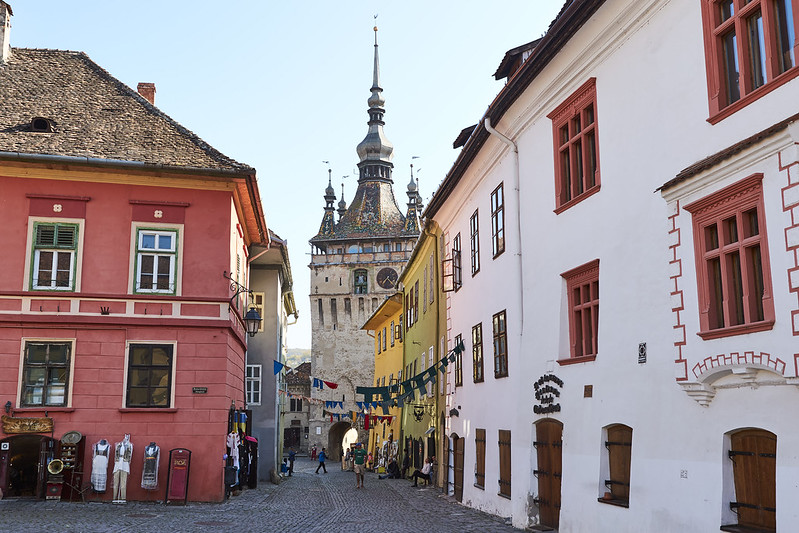
This UNESCO World Heritage Site stands as one of the best-preserved medieval towns in Europe. Its cobblestone streets and colorful houses create a fairytale atmosphere, while the Clock Tower dominates the skyline and provides panoramic views of the surrounding Transylvanian hills. Walking through Sighișoara feels like stepping back in time — especially when you consider that Vlad the Impaler was born here in the 15th century. The town’s fortified walls and Saxon architecture make it perfect for exploring the wider countryside.
Viscri
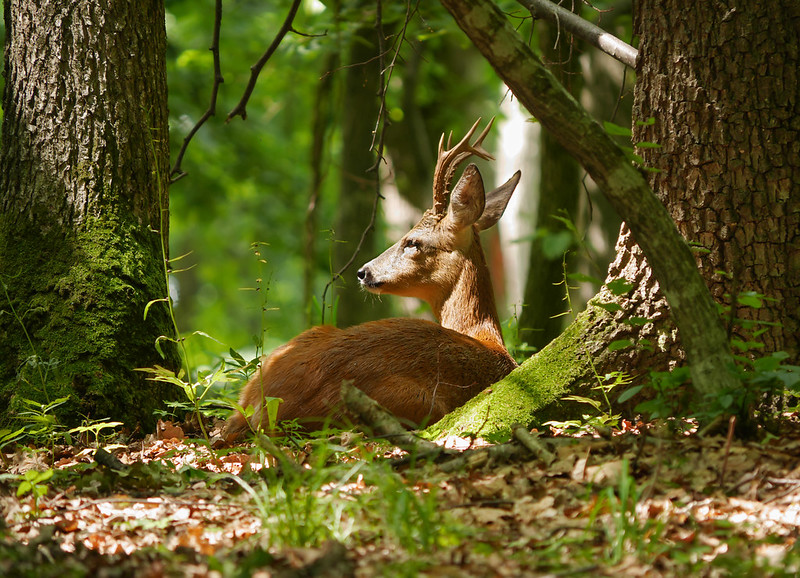
Prince Charles fell in love with this tiny Saxon village, and it’s easy to see why once you arrive here. The fortified church sits proudly on a hill, watching over traditional houses with their characteristic blue and green shutters. Local families still use horse-drawn carts to tend their fields, yet this creates scenes that feel plucked from another era rather than seeming outdated. The village offers an authentic glimpse into rural Romanian life, where time moves at the pace of the seasons.
Bran
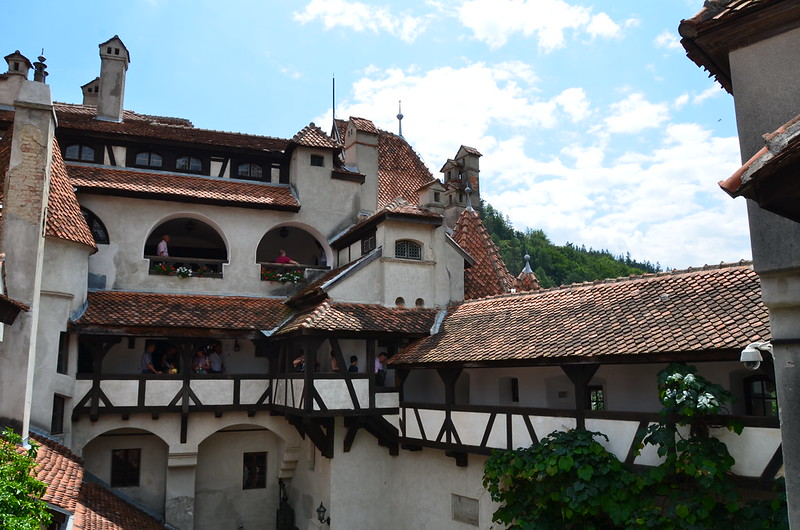
Most visitors come to see the famous castle, though the village of Bran itself deserves equal attention for its stunning mountain setting. Traditional wooden houses dot the landscape — surrounded by the dramatic peaks of the Bucegi Mountains. Local artisans sell handcrafted goods at the weekend market, everything from woolen textiles to carved wooden spoons. The area’s hiking trails lead through pristine forests where brown bears still roam freely.
Maramureș
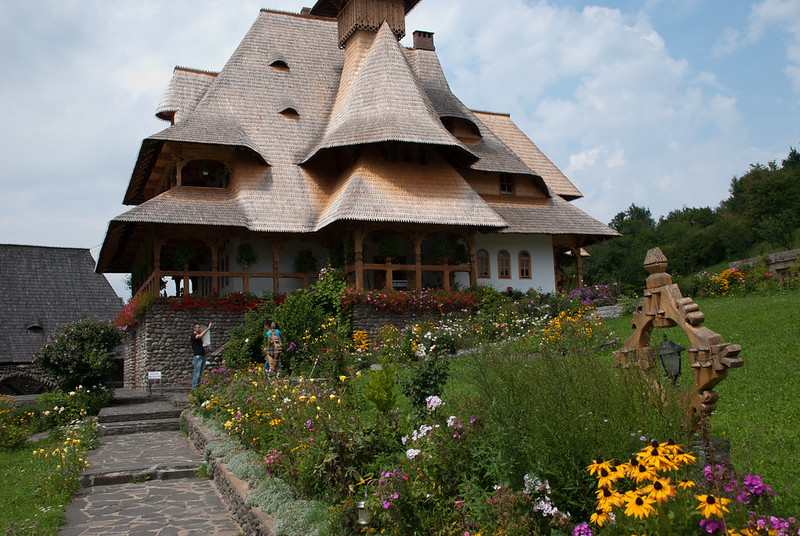
This northern region preserves Romania’s most authentic rural culture. Wooden churches with towering spires pierce the sky, while farmers still cut hay by hand and transport it on wooden carts, maintaining traditions that date back centuries. The region’s wooden architecture is so unique that several of its churches have earned UNESCO protection. Villages like Barsana and Ieud offer visitors a chance to witness traditional crafts such as woodcarving and textile weaving.
Bucovina
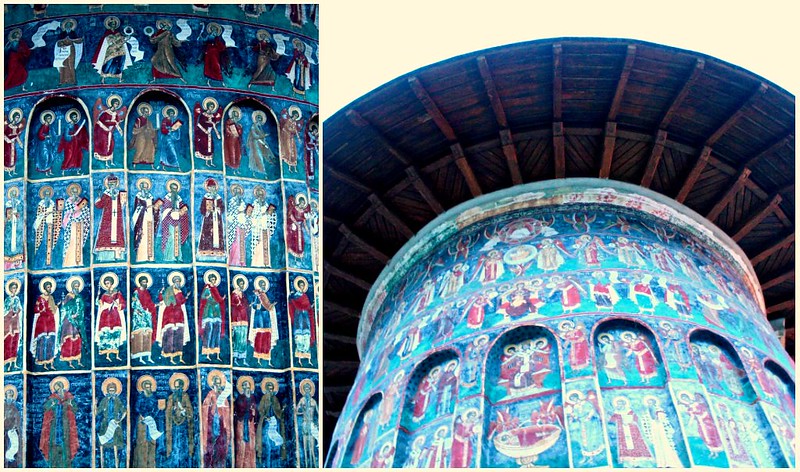
The painted monasteries of Bucovina represent one of Romania’s greatest cultural treasures, with their exterior frescoes telling biblical stories in vivid colors. Voronet Monastery — known as the ‘Sistine Chapel of the East’ — features a stunning blue that’s kept its intensity for over 500 years. These monasteries sit in a landscape of rolling green hills and traditional villages where locals still wear folk costumes on Sundays. The region’s rural character remains remarkably intact, offering visitors an authentic taste of Romanian country life.
Apuseni Mountains
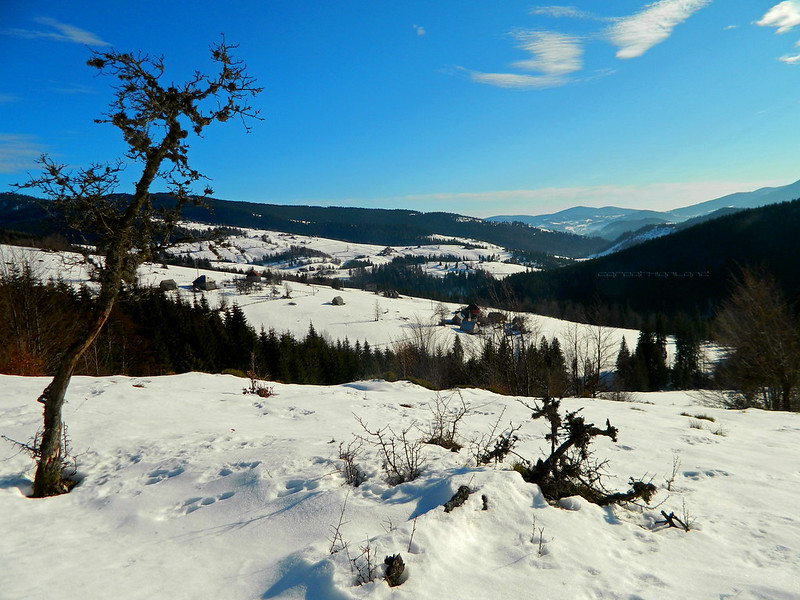
This karst landscape hides some of Romania’s most spectacular underground wonders, including the massive Scarisoara Ice Cave with its ancient ice formations. Above ground, traditional villages like Garda de Sus maintain customs that’ve barely changed in generations, though they’re not isolated from the modern world. The mountains offer excellent hiking opportunities through beech and spruce forests, with shepherds’ huts providing simple accommodation. Local guides can lead you to hidden caves while explaining the geological processes that created this unique landscape.
Moldovita
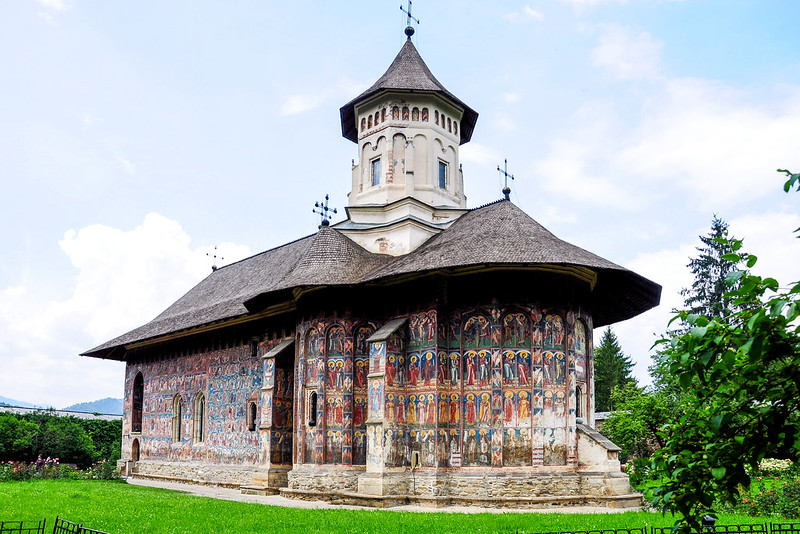
The village surrounding Moldovita Monastery showcases rural Moldovan life at its most authentic. Farmers still use traditional methods to work their land, while the monastery itself features remarkable exterior paintings that’ve survived centuries of weather and war. Local families operate small guesthouses where visitors can experience traditional Romanian hospitality firsthand, but don’t expect luxury amenities. The surrounding countryside offers excellent opportunities for hiking and bird watching in the Eastern Carpathians.
Brasov County Villages
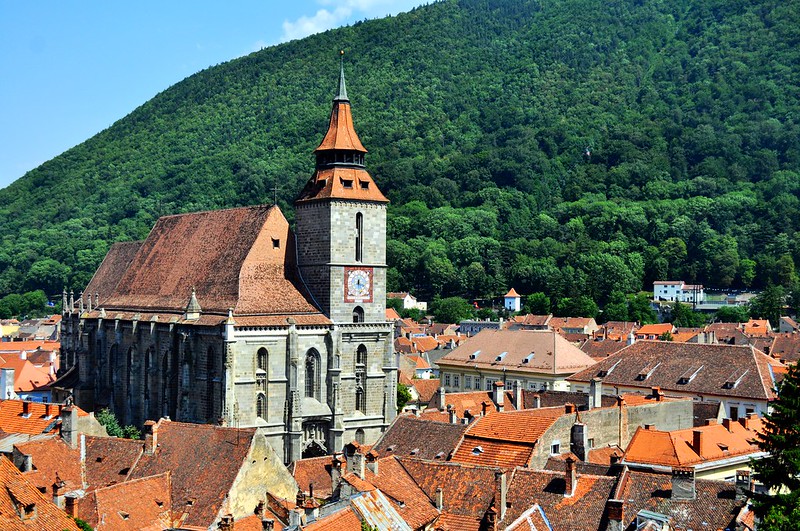
The Saxon villages scattered throughout Brasov County each tell their own story of medieval settlement and cultural preservation. Rasnov fortress overlooks the valley like a stone guardian, while villages such as Zarnesti serve as gateways to the Piatra Craiului National Park — though they’re destinations in their own right. Traditional houses with their distinctive courtyards and gardens create a patchwork of colors across the landscape. These communities maintain strong connections to their Germanic heritage yet embrace their Romanian identity.
Sibiel
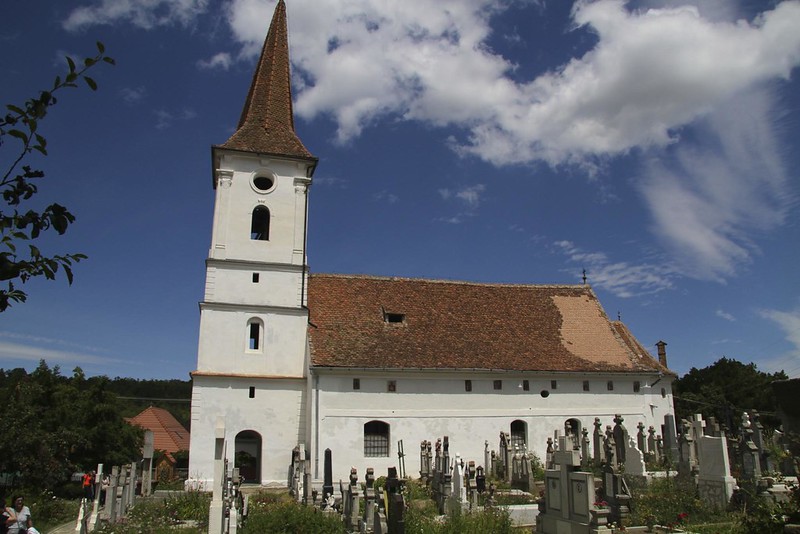
This picturesque village in Sibiu County is famous for its glass icon collection, housed in a traditional wooden church that dates back centuries. The surrounding hills offer excellent hiking opportunities with panoramic views of the Carpathian foothills, though the real charm lies in the village itself. Local families still practice traditional crafts like pottery and weaving, often welcoming visitors into their workshops. The village’s peaceful atmosphere and stunning natural setting make it an ideal retreat from modern life.
Rosia Montana
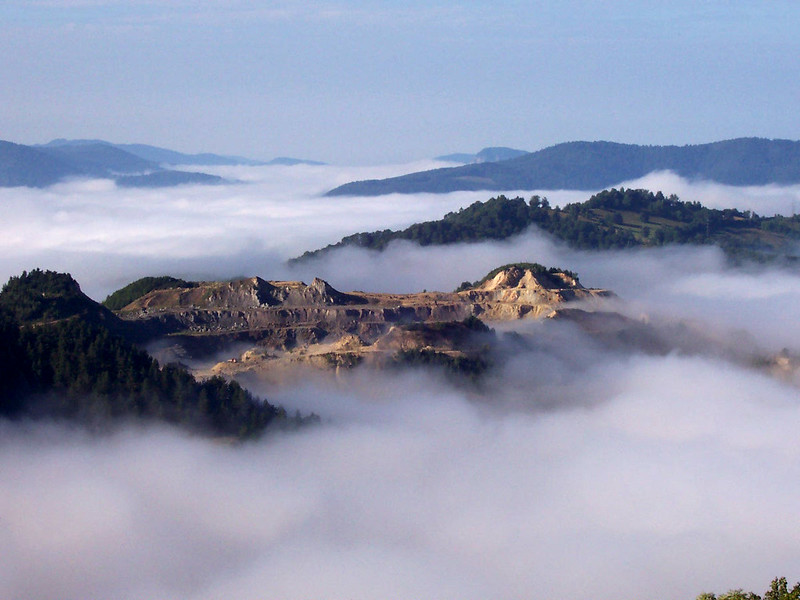
Despite its controversial gold mining history, Rosia Montana remains one of Romania’s most archaeologically significant villages. Ancient Roman galleries honeycomb the surrounding hills — testament to 2,000 years of mining activity that’s shaped both landscape and culture. The village church sits on foundations that may date back to the Roman era, creating a tangible link to the distant past. Local guides can explain the complex history while showing visitors the remains of Roman mining operations.
Corund
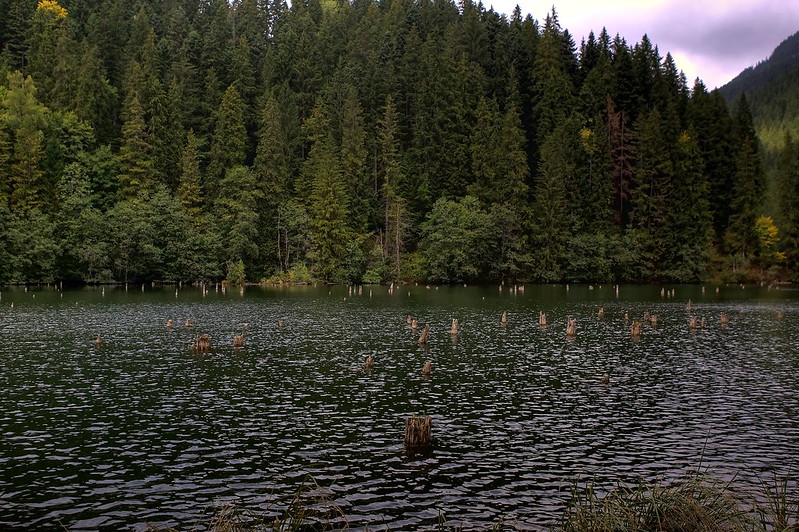
This village in Harghita County is renowned throughout Romania for its distinctive pottery, characterized by bold geometric patterns and vibrant colors. Local artisans still throw pots using traditional methods passed down through generations, creating pieces that are both functional and beautiful. The village’s location in the heart of the Carpathians provides stunning mountain views and excellent hiking opportunities. Visitors can watch potters at work and purchase unique pieces directly from their workshops.
Marginimea Sibiului
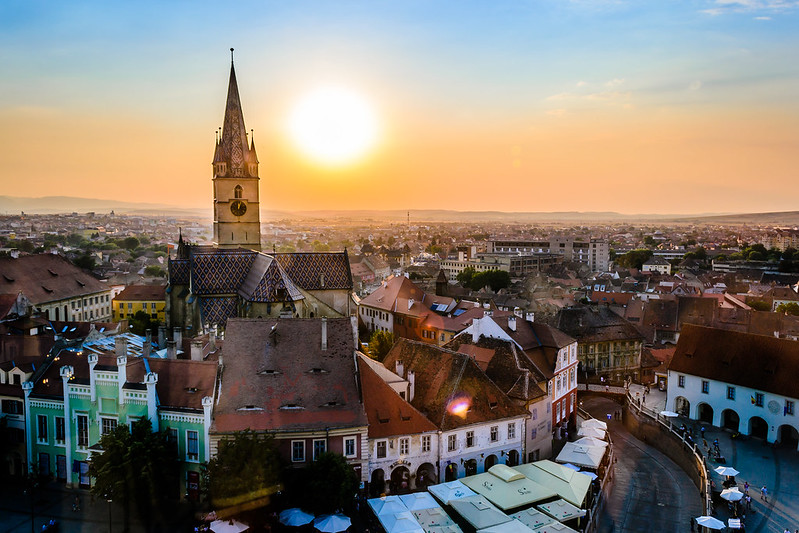
This collection of villages south of Sibiu preserves some of Romania’s oldest rural traditions, particularly in sheep farming and wool processing. The landscape rolls gently between hills and valleys, dotted with traditional houses and small Orthodox churches. During spring and summer, shepherds drive their flocks to mountain pastures following routes used for centuries. The region’s cultural heritage is so significant that it’s been recognized as a European Destination of Excellence.
Rimetea
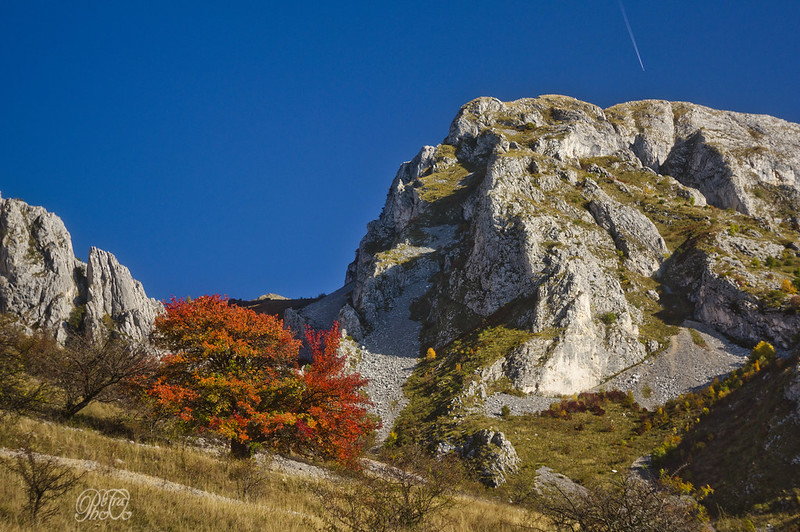
Tucked beneath the dramatic Trascau Mountains, Rimetea stands out for its whitewashed houses with red tile roofs. This creates a uniquely harmonious village aesthetic that’s both striking and serene. The Szekely community here has maintained its Hungarian identity while fully integrating into Romanian rural life. The village’s location provides access to excellent hiking trails, including routes to the spectacular Trascau Mountains, though the village itself rewards extended exploration.
Sucevita
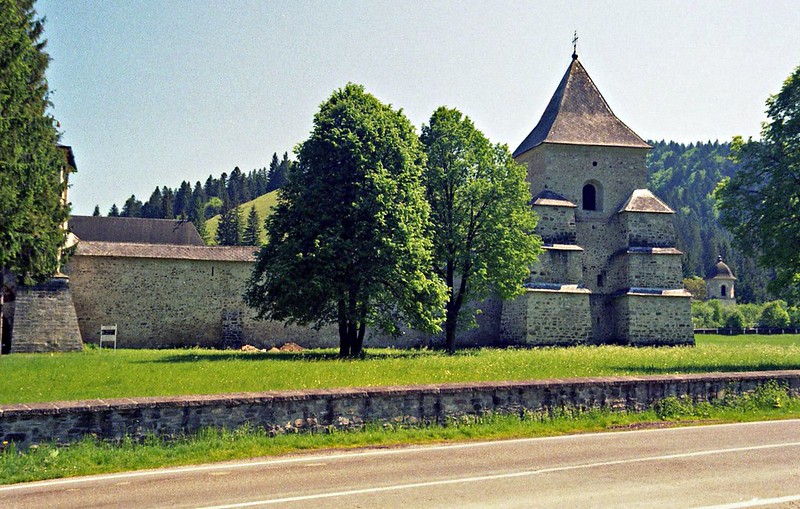
The village surrounding Sucevita Monastery offers visitors a chance to experience rural Moldovan culture in its most authentic form. The monastery’s exterior frescoes are among the best preserved in Romania, depicting biblical scenes with remarkable artistic skill that’s survived centuries. Traditional houses with their characteristic steep roofs and wooden details create a picture-perfect rural landscape. Local families maintain small farms using methods that have changed little over the centuries.
Sapanta
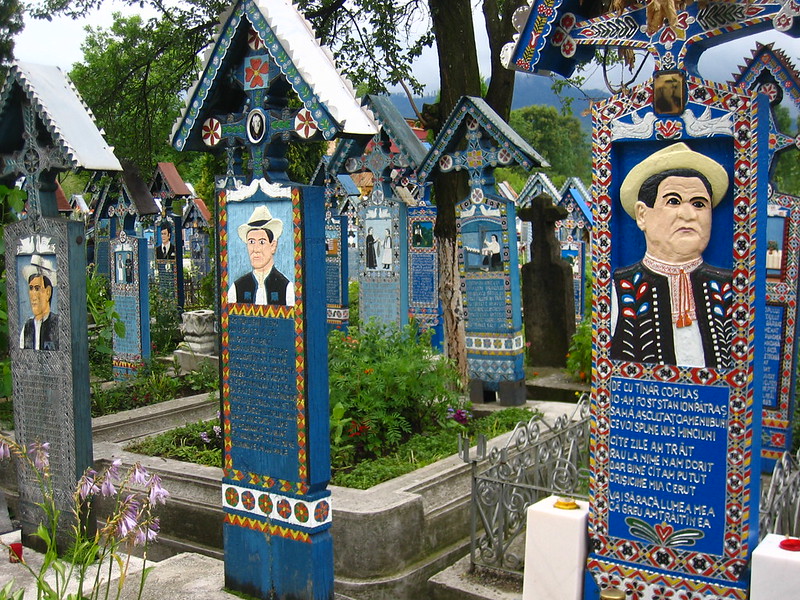
This village in Maramures County is famous for its ‘Merry Cemetery’, where colorful wooden crosses tell the life stories of the deceased in humorous verse. The tradition began in the 1930s and continues today, creating a unique approach to commemorating the dead that reflects the local character. Beyond the cemetery, Sapanta offers excellent examples of traditional Maramures architecture, with wooden houses featuring intricate carved details. The surrounding countryside provides beautiful hiking opportunities through forests and meadows.
Magura
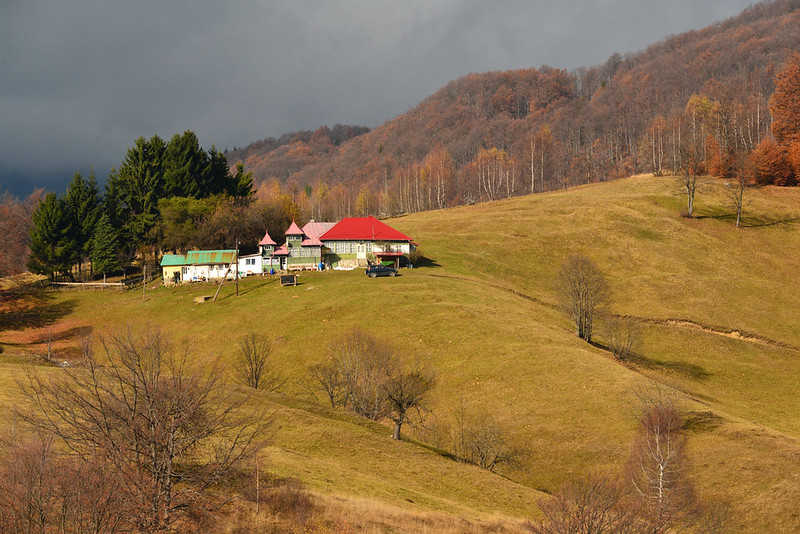
This village near Brasov offers some of the best opportunities in Romania to observe brown bears in their natural habitat. The surrounding forests of the Piatra Craiului National Park provide excellent hiking trails with stunning mountain views that change dramatically with the seasons. Traditional guesthouses offer accommodation and authentic Romanian cuisine prepared from local ingredients. The village’s location makes it an ideal base for exploring both the national park and the wider Brasov countryside, though wildlife watching requires patience and local knowledge.
Hunedoara County Villages
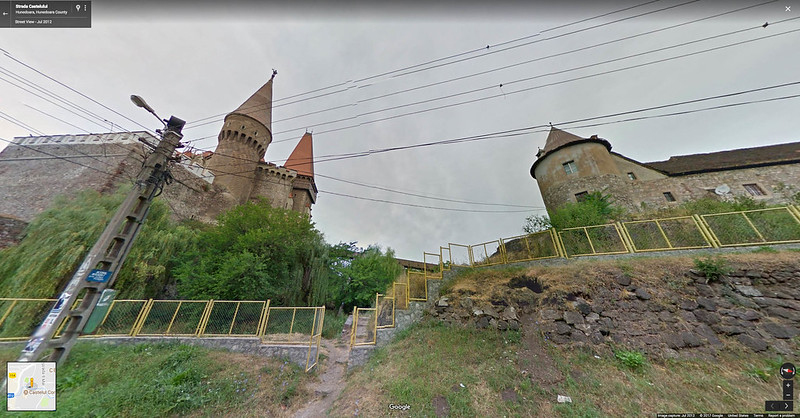
The rural areas of Hunedoara County preserve some of Romania’s most authentic folk traditions, particularly in villages such as Densus and Strei. Ancient churches, some dating back to the 13th century, dot the landscape alongside traditional houses with their characteristic courtyards. The region’s location in the Southern Carpathians provides access to excellent hiking and mountaineering opportunities that range from gentle walks to challenging climbs. Local festivals throughout the year celebrate traditional music, dance, and crafts.
Tulcea County Countryside
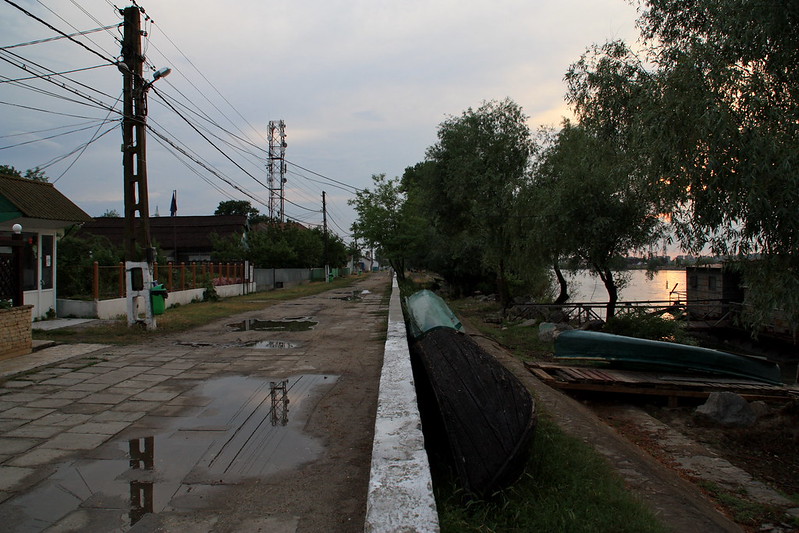
The rural areas of Tulcea County offer a different perspective on Romanian countryside life. Their proximity to the Danube Delta creates unique cultural and natural landscapes that contrast sharply with the mountain regions. Traditional fishing villages maintain customs that have developed over centuries of life alongside Europe’s great river, though modern challenges threaten some traditions. The flat landscape creates opportunities for different types of outdoor activities such as birdwatching and boat trips, while local guides can explain the complex relationship between human communities and the delta’s unique ecosystem.
Alba County Villages
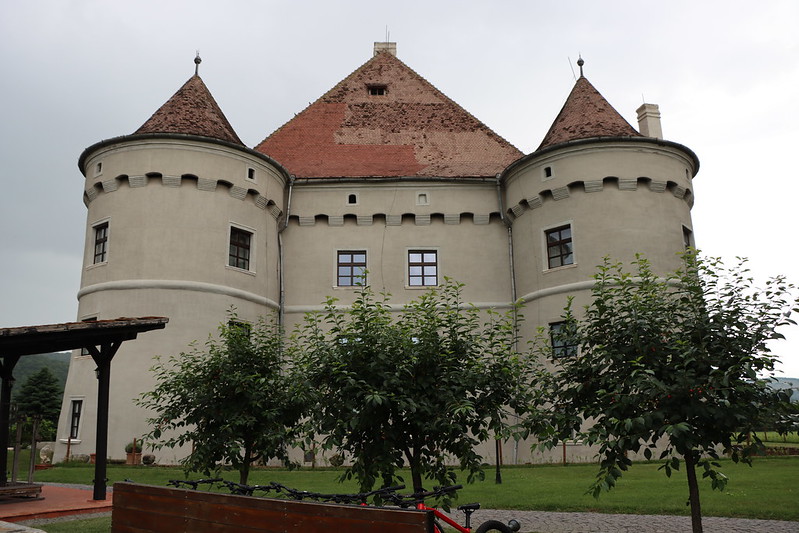
Villages throughout Alba County showcase the region’s rich Roman heritage alongside traditional Romanian rural life. Archaeological sites scattered throughout the countryside provide evidence of continuous habitation for over 2,000 years, creating layers of history that archaeologists are still uncovering. Traditional houses often incorporate Roman stones and architectural elements, creating a unique blend of ancient and medieval influences that’s found nowhere else. The region’s location in the heart of Transylvania provides access to numerous hiking trails and cultural sites, though each village has its own distinct character.
Where Tradition Endures

Romania’s countryside continues to evolve while maintaining its essential character, creating destinations that offer both authenticity and accessibility to modern travelers. These villages and rural regions provide glimpses into a way of life that’s survived centuries of change, yet they’re not frozen in time like museum pieces. Instead, they represent living communities that’ve found ways to preserve their traditions while adapting to contemporary realities.
Whether you’re drawn by the stunning natural landscapes or the rich cultural heritage, Romania’s countryside offers experiences that connect visitors with both the land and its people in ways that urban destinations simply can’t match. The memories created in these rural communities often prove more lasting than those from conventional tourist destinations, partly because they offer genuine encounters with both landscape and culture.
More from Travel Pug

- 20 Best Beach Towns in the Carolinas
- 13 Destinations Where Tourists Regularly Regret Their Trip
- 20 Things You Actually Get in First Class
- 20 Small Airports With Aviation Museums
- 20 Places in the U.S. That Are Perfect for a Reset Trip
Like Travel Pug’s content? Follow us on MSN.
